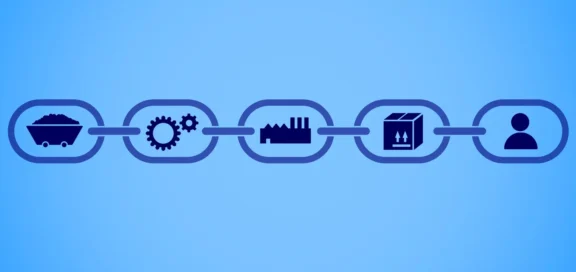Until now, smartphones, for example, have been disposed of prematurely due to the limited lifespan of batteries, resulting in emissions and the replacement of products. A similar problem arises in the automotive industry when standard parts are discontinued under the pretext of a model makeover. The EU is trying to address these deficiencies in sustainable production with various legislative proposals, including the Ecodesign Regulation and the Right to Repair.
A Refreshed Ecodesign Regulation
The former Ecodesign Directive (2009/125/EC) exclusively addressed energy efficiency-related concerns, particularly those derived from refrigerators, air conditioners, vacuum cleaners, and televisions. The reformed Ecodesign for Sustainable Products Regulation (2022/0095/COD); however, strives to expand the scope of coverage. The Regulation came into force in July 2024.
Products covered by the Ecodesign Regulation must both comply with the requirements and have a digital product passport.
Right to Repair Directive
The Directive (2023/0083/COD), once in force, is meant to solidify for the end-consumer a right to repair goods defected outside the initial liability window. The provisions established demand universal observance, setting minimum standards for all member states. The member states have until mid-2026 to implement the Directive.
What companies should be aware of now
To avoid market disruptions, companies are advised to embrace the newly defined conditions, which include the following (not exhaustive):
- Supply of spare parts for at least seven years and at a reasonable price
- Delivery of spare parts within five working days (this may require storage)
- Devices are to be constructed in such a way that spare parts can be exchanged
- Free software updates are to be provided for a minimum period of time, even after the end of production.
The new regulations apply not only to end products, but also to components and intermediate products.









